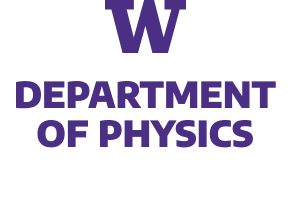
Evidence for particle production in simulations of scattering on a quantum computer

Nikita Zemlevskiy, InQubator for Quantum Simulation, University of Washington
High-energy particle collisions can convert energy into matter through the inelastic production of new particles. Quantum computers are an ideal platform for simulating the out-of-equilibrium dynamics of the collision and the formation of the subsequent many-particle state. In this talk, I will present our recent results showing evidence for particle production in one-dimensional Ising field theory using IBM’s quantum computers. The scattering experiment is performed using 100 qubits and up to 6,412 two-qubit gates to access the post-collision dynamics. I will describe a new algorithm for preparing the initial state (wavepackets) of a quantum field theory scattering simulation using circuit depths independent of wavepacket size and spatial dimension. This method efficiently prepares wavepackets by extending recent protocols for creating W states with mid-circuit measurement and feedforward. I will explain how this algorithm, together with new error mitigation techniques and careful tuning of simulation parameters, enabled the study of inelastic collisions on quantum computers available today. I will conclude with an outlook for simulations of scattering in higher dimensions, where a near-term quantum advantage may be possible.




